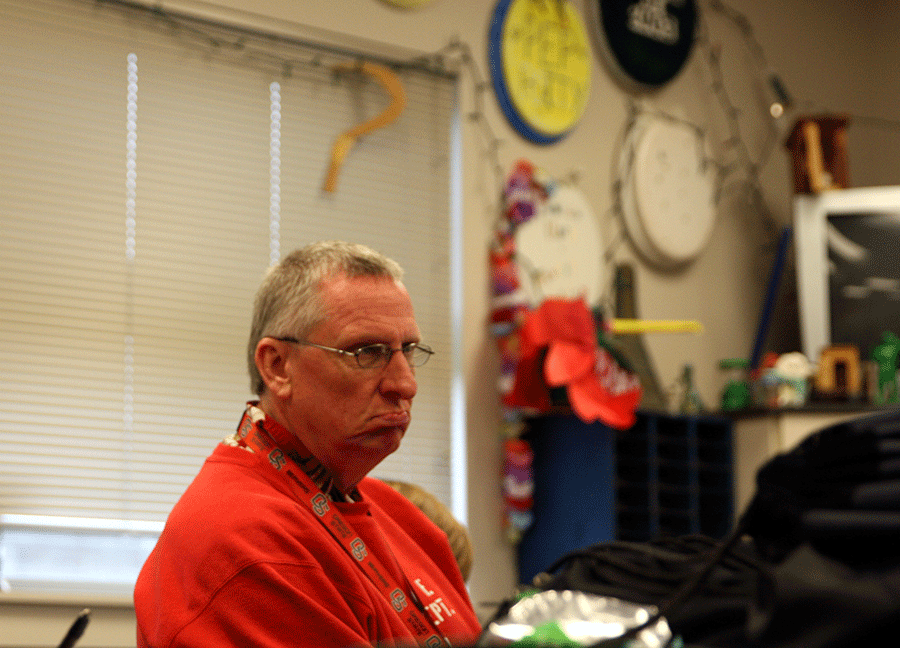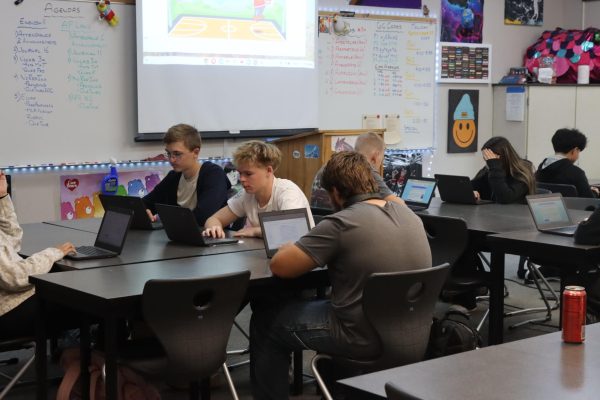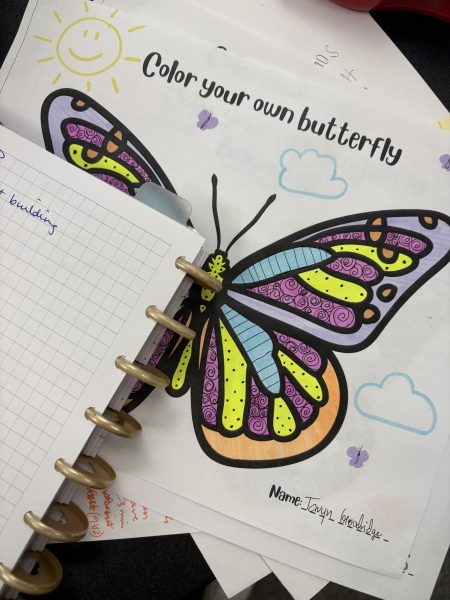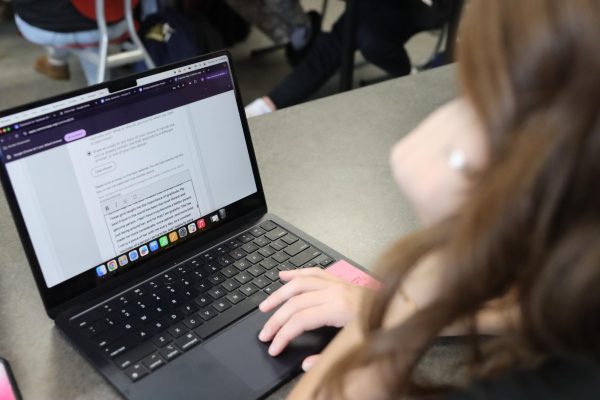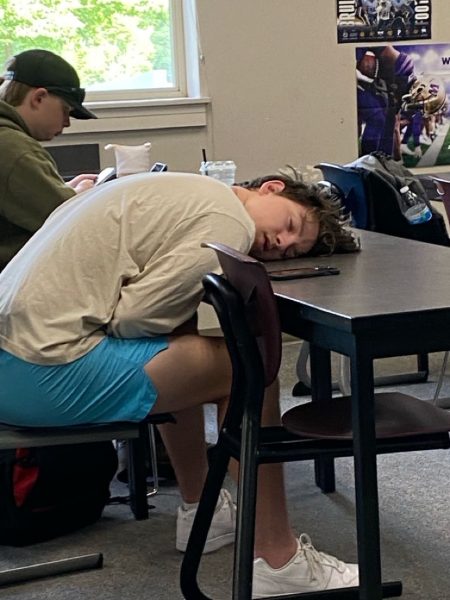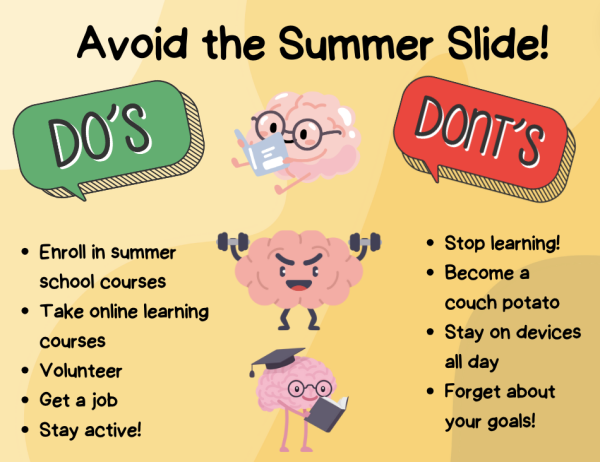Math Doesn’t Have to Suck
Frank Stallons gets into character as he tells his students a story from his childhood about his love for Mr. Clean commercials.
Most teachers cover their walls with posters. They might have math formulas, grammar rules, or even an inspirational quote written on them.
Frank Stallons fills the empty space on his walls with toilet seats. Dozens of them, decoratively designed by a previous class, cover nearly every square inch in the room. Some have paintings of sunsets, or flowers, and some ridiculously complicated mathematical expressions. It is a tradition that has gone on for 10 years now. He has taught for 22 years total, which sounds like a long time, but may surprise some considering his age.
Right out of high school, Mr. Stallons studied at bible college and seminary, for a total of seven years, in order to become a baptist pastor. He enjoyed working with teenagers, volunteering at youth group and often spending his summers as a camp counselor. After 5 years of ministry, he changed directions and decided that he wanted to teach. Thus, he went back to school in his thirties to receive a teaching degree.
“I wanted to do history, and then I met a great math teacher at the University of Alaska and I really liked his style,” Mr. Stallons said.
Similar to the teacher he met in Alaska, he has made difficult math possible, even enjoyable, for hundreds of students at AHS over the years.
“[In college] I didn’t think I could learn math, but the way he [my professor] presented it worked for me so I wanted to do the same thing; try to make math less hated than it is.”
His teaching methods may be considered unconventional, especially for teaching upper level and college level math, but he has a way of engaging his students in a unique way. Sometimes those ways don’t always involve actual math. As an avid storyteller, Mr. Stallons periodically treats his students to a story from his life that has little to no redeeming value. Some students quietly do their work while he narrates different scenes of his life, but most are too captivated by the humor and incredible moments he describes to focus on anything else. It is one tool he uses to provide his kids with a short break to rest their minds after working hard on math all week.
Another tool he uses was implemented just this year. After reading an article about an assistant principal who spent two days in the shoes of a student, he started what is known by his students as “Half Time.”
Half time is a 3-5 minute break at a random point in class every day to get everybody out of their chair and awake. Sometimes, they will host a rock, paper, scissors tournament in class, and sometimes the activities might require more space, warranting a trip to the commons. He says he is glad that he doesn’t have to do what students do every day; going from 55 minute class to the next, constant focus, constantly learning and remembering new information. With this in mind, Mr. Stallons sees it fitting to take a short break every day to do something silly, and then come back to math, refreshed and engaged.
Though he plans to possibly retire in the next five years, Mr. Stallons says it isn’t the kids that will put him over the edge.
“I don’t think I will ever burn out on teenagers. It’s going to be the paperwork and the meetings and those kinds of things,” Mr. Stallons said.
He may not like some of the more menial aspects of teaching but his ability to put math in plain english for his students has the power to change peoples’ minds about math. And his ability to connect and engage with students, as a general role model of kindness, is his favorite part of the job.
“In the end, I don’t want to teach math, I want to teach human beings, because I can guarantee you that most of the people on these toilet seats have forgotten all the math I taught them.”



